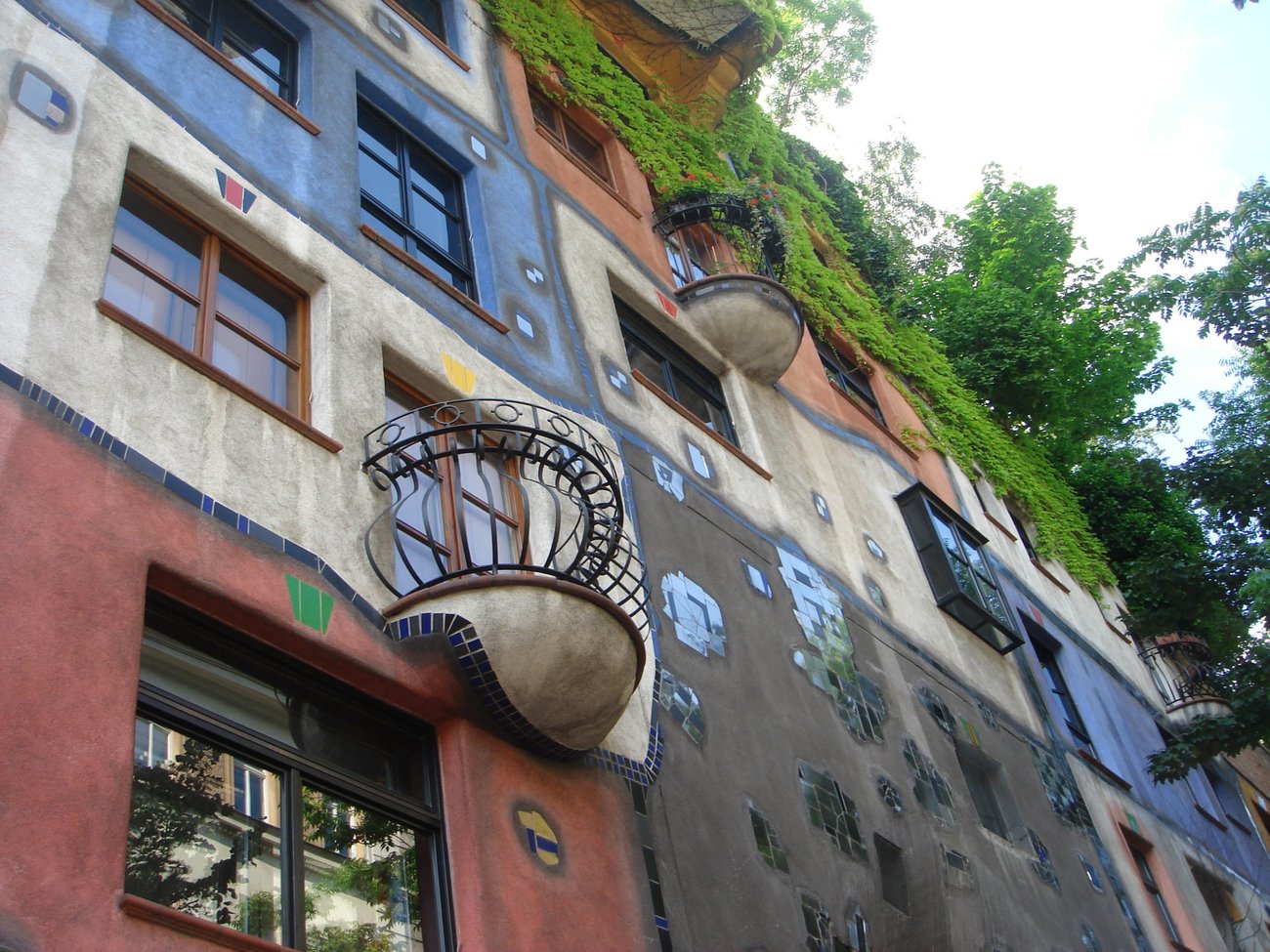
They’ve been around since time immemorial but the living roofs – AKA green roofs – are only just catching on on this side of the globe.
“Living roofs have not taken off in Aotearoa – yet!” says Zoë Avery, senior consultant at 4Sight Consulting, director at Living Roofs Aotearoa and board member of Green Roofs Australasia.
That’s something we need to change, says Avery.
“Imagine city centres that connect people with nature on a daily basis through green streets, filled with shade trees, outdoor eating and entertainment spaces bounded by native vegetation, active street frontages with occasional celebrations and markets,” she says.
“A walkable and safe environment where people come first and living roofs create a sanctuary in the city. There’s no longer a need to leave the city for your nature fix, the city can be your happy place too.”
And she’s doing her part. Avery is currently involved with several New Zealand living roof projects including the Hundertwasser Art Centre and Wairau M?ori Art Gallery in Whangarei.
“The latter project is an afforestation with over 100 native trees and 60,000 plants,” she says.
“The roof will be a park containing a number of regional specific species and contemporary M?ori sculptures which, like the vegetation, will change over time creating a space which has diversity and a local, natural and cultural narrative.”
The roof aims to blend beauty and function, says Avery, and engage both human and non-human city citizens.
“It is our hope that this living roof will not just be one system or building or intervention within the urban fabric, but will lay the groundwork to spreading the principles of living roofs beyond its four walls out into the streets and spaces of Whangarei.”

Zoë Avery, senior consultant, 4Sight Consulting
As city populations continue to increase at speed and scale, so too do the challenges the human health and happiness. Avery says that green roofs can play a part in bringing nature back into cities – something often missing in modern urban life.
“Now over 54 percent of us live in urban areas,” she says.
“While cities occupy only five percent of the world’s land they consume 75 percent of its natural resources and account for 80 percent of global greenhouse gas emissions. That is not to say cities are inherently bad but it highlights that our sustainability and well-being challenges must be resolved in cities.”
.jpg)
The High Line, New York, Credit Emma Comrie-Thomson, 4Sight Consulting
It’s also important says Avery because productivity is directly linked to wellbeing – and 85 percent of our global domestic product is generated in cities, “places that arguably are not fit for our physical and psychological needs.”
“The problem is that cities have more hard surfaces, less green space and less permeable areas and this reinforces the disconnect from nature while also creating more surface runoff and flash flooding and interrupted or damaged ecological systems and processes.”
Avery says that living roofs are the perfect approach to blend the urban built form and nature because they have so many layers of benefit.
“We need to somehow develop a blend between built form and nature – of healthy spaces and places that are good for our hearts and minds as well as ensuring functionality.”
And the benefits, she says, are myriad.
“They are a habitat for wildlife; can alleviate flash flooding; reduce stormwater runoff; enhance biodiversity; reduce urban heat island effect (a phenomenon where metropolitan areas are significantly warmer than their surrounding rural areas due to human activity), save energy consumption and as we have seen, most importantly, are an opportunity for beauty and nature to be brought into what is otherwise a hard and under-utilized space in our cities.”
While living roofs can cost more than traditional options, those costs can be offset by the reduced heating and cooling bills and the provision of extra marketable floor space for accessible living roofs.
“But the largest issue I think we face in Aotearoa is not finding our own way with living roof design,” she explains.
“We have an incredible amount of choice when it comes to the plant palette in this country and, in my opinion, should be creating living roofs which relate to our landscape, character and identity. So my advice is to design from the plants down. Seek advice and choose plants that are appropriate and will be robust in the landscape.”
“Most of us deeply feel an innate affinity and need for contact with other living things, the places where we engage all five senses – touch, taste, sight, smell and sound,” she says.
“And it’s now been proven scientifically that spending time in nature can improve our health. It makes sense really when you think about the fact that until very recently we have spent the majority of our evolutionary path in nature – our brains are still adapted to being a part of nature. What worries me the most is that urban environments have inadvertently disconnected us from this important psychological need and although we are beginning to understand this – we still create hard spaces with limited opportunities for nature ensuring the gulf continues to widen.”




